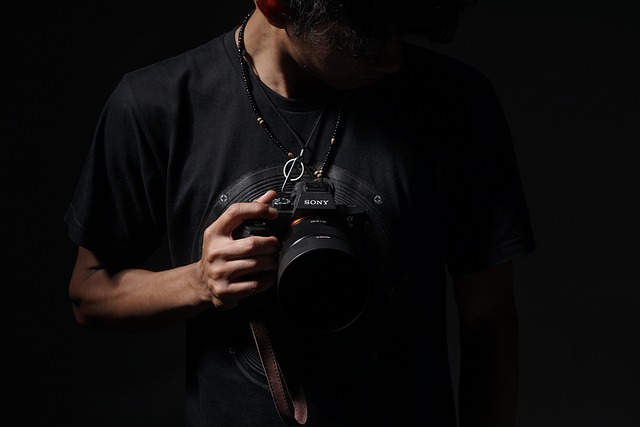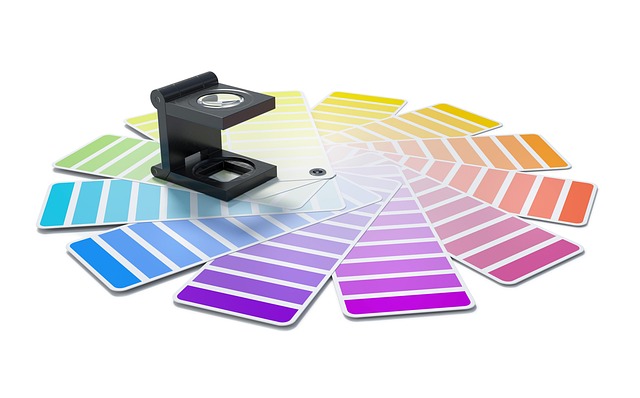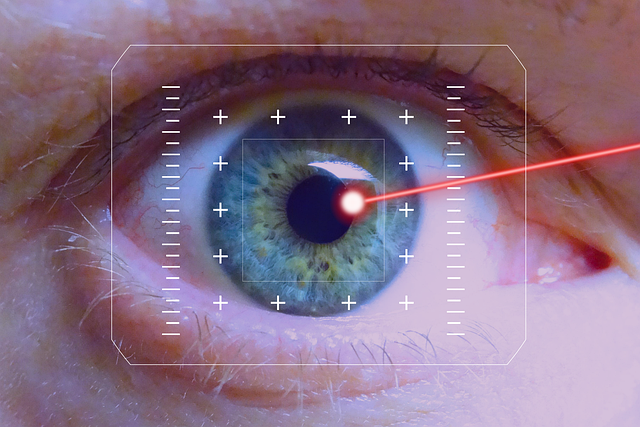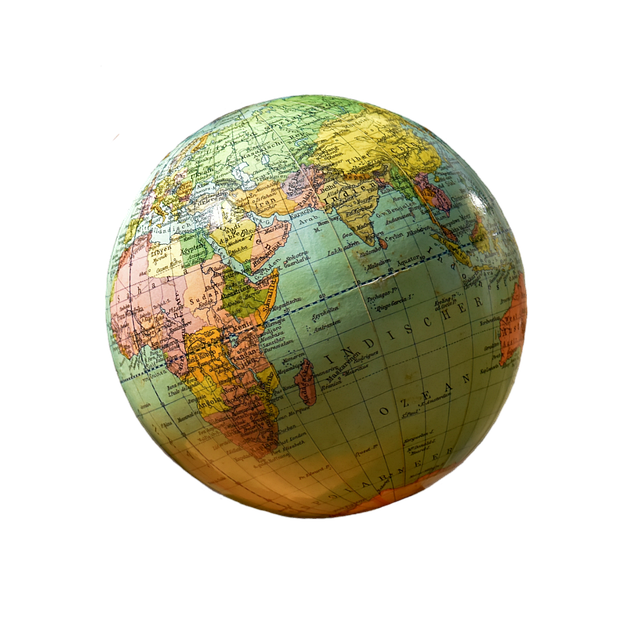Focusing on the Art of Blurring: A Guide to Creative Photography Techniques
Photography is not only about capturing perfect moments but also about expressing emotions and creating mood. One of the most powerful techniques at your disposal is the art of blurring. When used thoughtfully, blurring can transform a simple photograph into a captivating piece of art, influencing how the viewer interacts with the image.
Understanding Blurring in Photography
At its core, blurring can evoke feelings of motion, mystery, and even tranquility. It plays on viewers’ perceptions, allowing them to experience a subject in a more intimate way. Think about how a blurred background can make a subject stand out, or how motion blur can convey speed and energy. Understanding the purpose behind blurring will help you utilize this technique more effectively.
Types of Blurring Techniques
There are several ways to incorporate blurring into your photography, each with a unique effect:
- Motion Blur: Capture the essence of movement by panning your camera alongside a moving subject. This technique can create a sense of dynamism and energy, perfect for sports or wildlife photography.
- Depth of Field: Utilize a shallow depth of field to blur the background and emphasize your subject. This approach gives your images a professional quality, directing the viewer’s focus exactly where you want it.
- Intentional Camera Movement (ICM): During a long exposure, move your camera to create abstract shapes and forms. This technique can yield surreal results, turning everyday scenes into imaginative artworks.
Emotional Connection Through Blurring
The beauty of blurring lies in its ability to convey emotion. A softly blurred image can evoke nostalgia or melancholy, while a dynamically blurred photo can resonate with excitement and urgency. It’s essential to think about the story you want to tell and how blurring can enhance that narrative.
Tips for Practicing Blurring in Your Photography
As you explore the art of blurring, keep these tips in mind:
- Experiment: Don’t be afraid to play with different shutter speeds and focal lengths. The more you experiment, the more you’ll discover what works best for your style.
- Be Selective: Not every image needs to be blurred. Use blurring selectively to elevate specific elements or emotions in your photos.
- Practice Patience: Some of the best results come after several attempts. Be patient, and allow yourself to learn and grow through the process.
Tools for Blurring
Your camera settings play a crucial role in achieving effective blurring. Here are some tools and settings to consider:
- Shutter Speed: Lowering your shutter speed will allow for motion blur, while a higher speed will freeze the action.
- Aperture: A wide aperture can help isolate your subject and create a creamy background blur.
- Editing Software: Post-processing tools such as Photoshop or Lightroom can enhance or add blurring effects to your images.
Incorporating the art of blurring into your photography opens a world of creativity and self-expression. It’s not just a technique; it’s a way to connect more deeply with your art and your audience. Embrace the beauty of imperfection, and let your photographs tell their stories through the magical lens of blurring.




